Is Your Dog Fit or Fluffy? How to Determine Your Dog's Ideal Weight
When it comes to taking care of your furry friend, knowing if they’re at a healthy weight is really important. Just like people, dogs can have health problems if they are too heavy or too light. A dog that’s too heavy might not want to play much and could get sick with things like joint pain or diabetes. On the other hand, a dog that’s too light might not have enough energy and could get sick more easily.
This guide will help you figure out if your dog is just right, too fluffy, or needs a bit more padding. We’ll show you how to tell if your dog is at a good weight, what signs to look for, and some easy ways to help them stay healthy and active. It’s not just about how much they weigh, but also about making sure they are happy and can run and play as they should. By the end of this guide, you’ll know just what to do to keep your dog feeling great. Let’s make sure your dog is fit, not just fluffy!
Understanding the Importance of a Healthy Weight
Keeping your dog at a healthy weight is very important for their overall health and happiness. When a dog is overweight, it can cause a lot of stress on their body. Their bones and joints have to work harder to move around, which can lead to pain and problems like arthritis. Overweight dogs can also have a higher chance of getting diabetes, heart disease, and other conditions that can make them feel sick and lead to costly vet visits.
On the other hand, dogs that are too thin might not be getting enough food or nutrients, which can make their immune system weak and leave them without the energy they need to play and enjoy life. They can easily get sick because their bodies are not strong enough to fight off illness.
Maintaining a healthy weight means your dog can be more active and enjoy a better quality of life. They can run, jump, and play without feeling tired or hurt. This helps them stay happy and healthy, both physically and mentally.
To keep your dog at a healthy weight, it’s important to feed them the right amount of good-quality dog food, give them plenty of exercise, and check their weight regularly. Doing these things will help ensure that your dog can live a long and happy life by your side. So, remember to keep an eye on their weight—it’s a big part of taking good care of your furry friend!
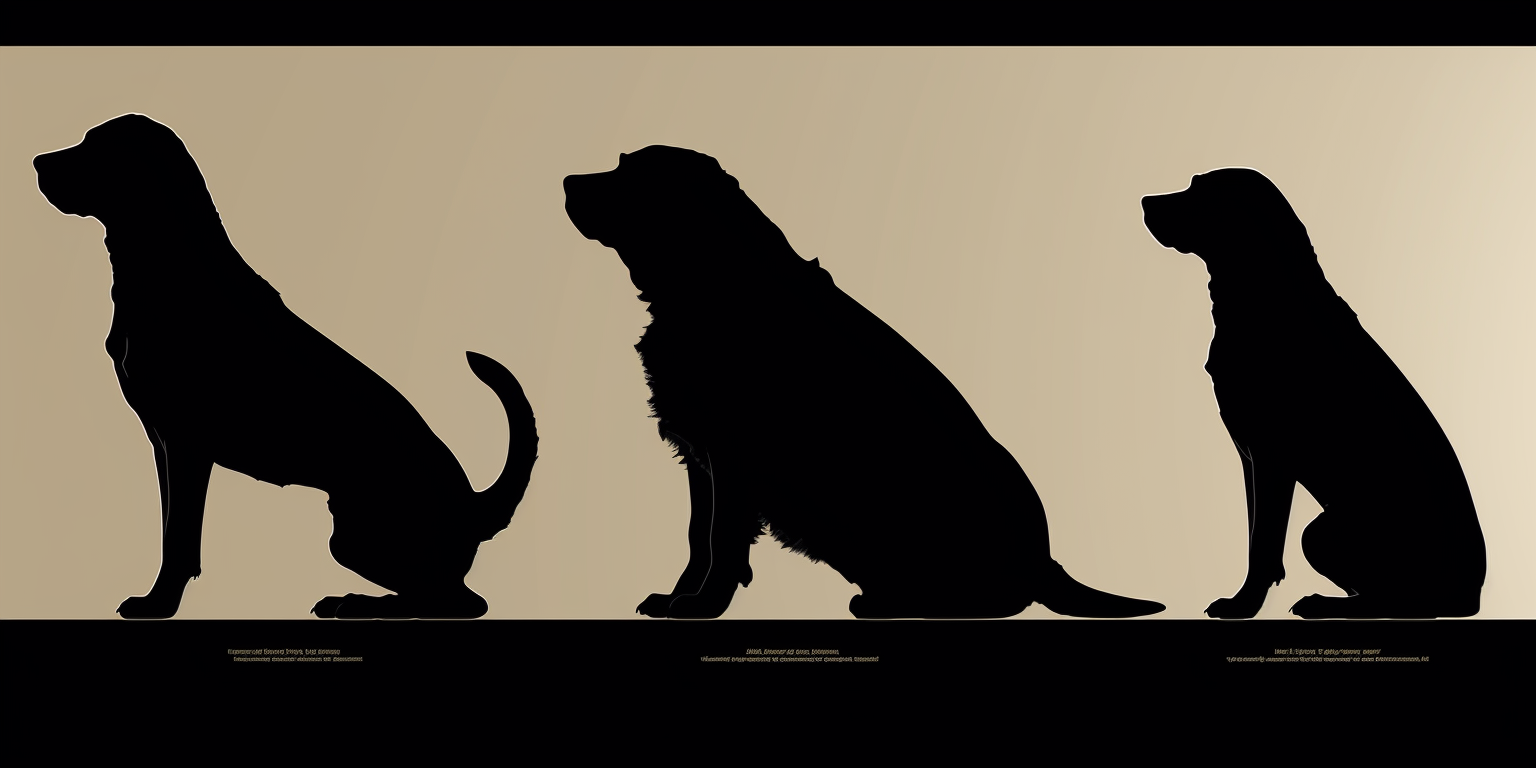
Recognizing the Signs of Overweight and Underweight Dogs
Knowing if your dog is too heavy or too light can be tricky, especially because dogs come in all shapes and sizes. Here are some tips to help you spot if your dog might be overweight or underweight.
Signs of an Overweight Dog:
- Hard to Feel Ribs: If you can’t easily feel your dog’s ribs without pressing hard, they might be overweight.
- No Waist: When you look at your dog from above, you should see a noticeable waist. If their body looks more like a rectangle without a tucked-in waist, they are likely carrying extra weight.
- Tired Quickly: If your dog gets tired easily and doesn’t seem excited to go for walks or play, it could be because they are overweight.
Signs of an Underweight Dog:
- Ribs Showing: If you can see your dog’s ribs, spine, and other bones easily, they are probably too thin.
- Low Energy: Underweight dogs often have less energy. They may not want to play much and seem tired.
- Thin Face and Body: Their face and body might look sharper with less muscle and fat.
If you think your dog is not at the right weight, it’s a good idea to visit the vet. The vet can help you understand if your dog needs to lose weight or gain weight and how to do it safely. Keeping your dog at a healthy weight is important for them to live a long, happy life.
The Role of Breed, Age, and Size
Understanding how your dog’s breed, age, and size affect their weight is important for keeping them healthy. Different types of dogs have different body shapes and sizes, which means what is a healthy weight for one dog might not be right for another.
- Breed: Every breed has its own range of weights that are considered healthy. For example, a big dog like a Great Dane will naturally weigh more than a small dog like a Pomeranian. Some breeds are also more likely to gain weight easily, like Labradors, so you might need to watch their diet more closely.
- Age: The age of your dog also plays a big role in how much they should weigh. Puppies, for example, are growing, so they need more food and have different nutritional needs compared to adult dogs. As dogs get older, they might become less active and need fewer calories to avoid gaining weight.
- Size: The size of your dog will also guide how much they should eat and how much exercise they need. Larger dogs generally need more food and exercise, but they also can be more prone to joint problems if they become overweight. Smaller dogs need less food overall, but too little food can quickly lead to weight loss.
It’s a good idea to check with your vet to find out what a healthy weight is for your specific dog considering their breed, age, and size. This way, you can make sure you are feeding them the right amount and keeping them active to match their needs.
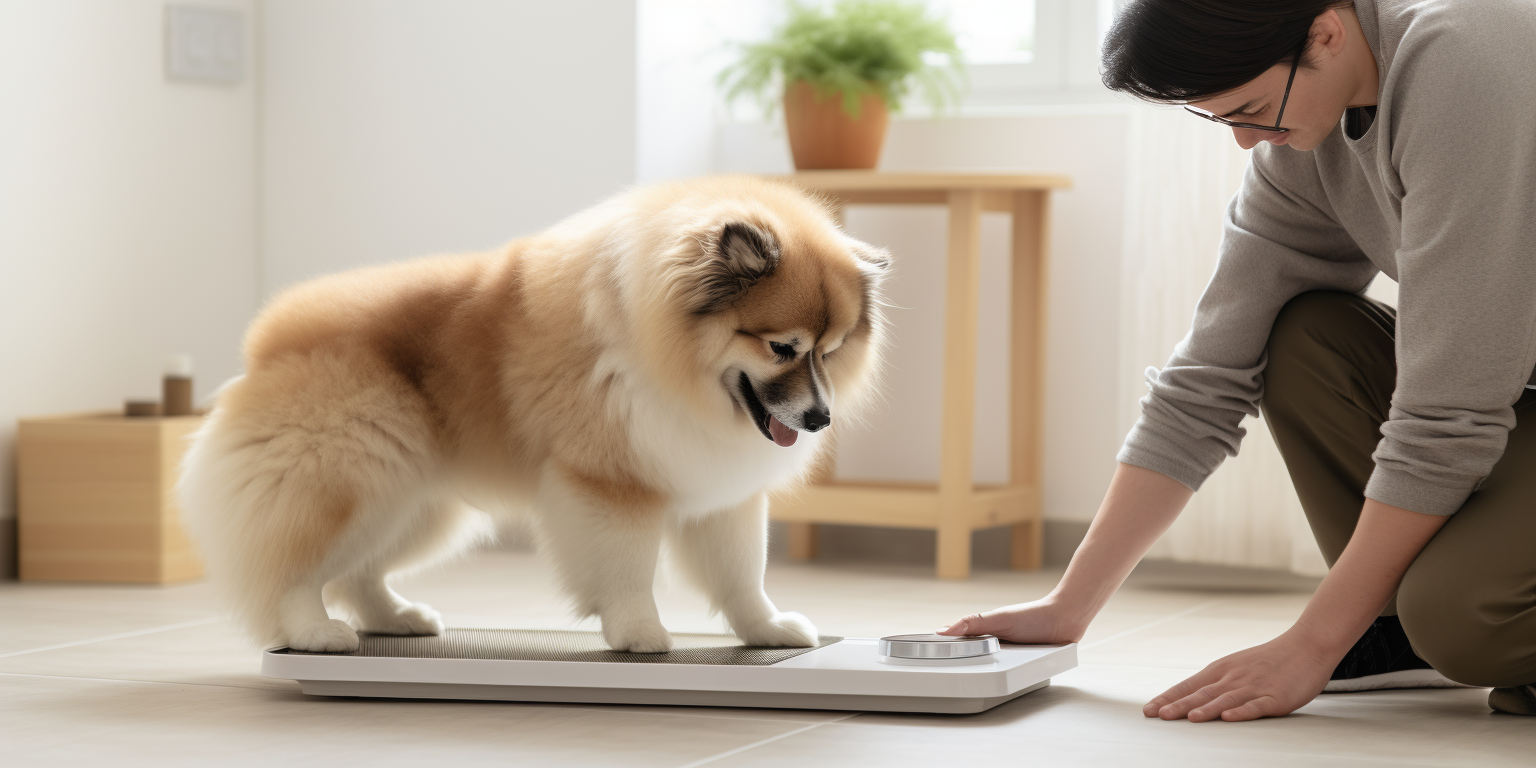
How to Weigh Your Dog Correctly
Weighing your dog correctly is an important step to make sure they are healthy. Here’s how you can do it:
- Using Your Home Scale: The easiest way to weigh your dog is to use your bathroom scale. First, step on the scale by yourself and write down your weight. Next, pick up your dog and stand on the scale holding them. Ensure your dog is relaxed and stationary. Now, write down the new number that shows up on the scale. To find out how much your dog weighs, subtract your weight from the combined weight of you and your dog. For example, if you weigh 150 pounds alone and 180 pounds when holding your dog, then your dog weighs 30 pounds.
- Large Dogs: If your dog is too big to pick up, you might need to visit your vet or a pet store that has a larger scale. Some pet stores have scales in the entryway where you can weigh your dog for free.
- Regular Checks: It’s a good idea to weigh your dog regularly to keep track of their health. This way, you can see if they are gaining or losing weight over time. It helps you to make sure they are staying at a healthy weight.
Weighing your dog doesn’t have to be hard. By using your home scale or visiting a place with a big scale, you can easily check if your dog is healthy and make sure they are not too heavy or too light.
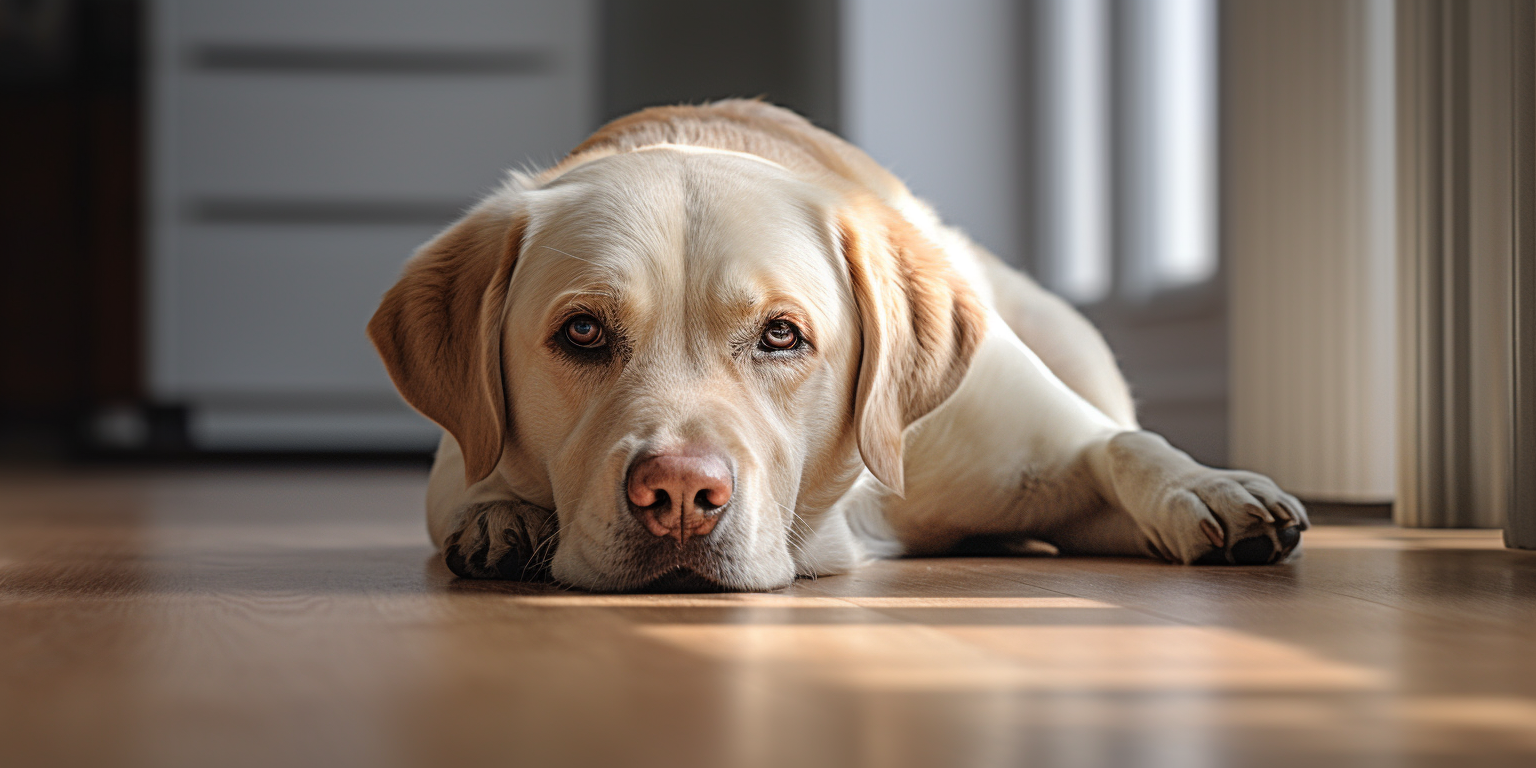
Body Condition Score (BCS)
The Body Condition Score (BCS) is like a special scale that helps you understand if your dog is at the right weight. This scale goes from 1 to 9, where 1 means a dog is very thin, and 9 means a dog is very overweight. The perfect score for most dogs is around 4 or 5, which means they are just the right weight.
Here’s how you can check your dog’s Body Condition Score:
- Feel the Ribs: You should be able to feel your dog’s ribs easily with a slight layer of fat over them. If you can see the ribs, your dog might be too thin (score 1-3). If you can’t feel the ribs at all, your dog might be overweight (score 6-9).
- Look from Above: Look down at your dog from above. Dogs at a healthy weight should have a noticeable waist behind their ribs. If your dog’s waist is very clear, they might be too skinny. If the waist is missing, and the back is broad and flat, they might be too heavy.
- Side View: From the side, a dog with a healthy weight should have an abdominal tuck, meaning the area behind the ribs should go upwards towards the hips. If this area hangs down, your dog may be overweight.
Checking your dog’s Body Condition Score helps you keep an eye on their health. It’s a simple way to make sure your dog isn’t too skinny or too fat. This helps them stay happy and healthy, able to run and play as they should. If you’re unsure about your dog’s score, your vet can help you learn how to check it properly.
Adjusting Your Dog’s Diet for Optimal Health
Adjusting your dog’s diet is important to keep them healthy and at the right weight. Here are some simple steps you can follow to make sure your dog is eating just the right amount and type of food:
- Right Amount of Food: Make sure you’re not giving your dog too much or too little food. You can look at the dog food package for guidance about how much to feed based on your dog’s size and weight. It’s also a good idea to use a measuring cup so you give them the same amount each time.
- High-Quality Dog Food: Choose a good quality dog food that matches your dog’s needs based on their age, size, and activity level. Puppies, adult dogs, and older dogs all need different types of nutrients. If you’re not sure what to pick, you can ask your vet for advice.
- Limit Treats: Treats are fine once in a while, but giving too many can make your dog gain weight. Try to keep treats to less than 10% of your dog’s daily food intake.
- Regular Meal Times: Feeding your dog at the same times each day can help them stay at a healthy weight. It helps their body understand when food is coming and can prevent overeating.
- Watch and Adjust: Keep an eye on your dog’s weight and body shape. If you notice they are gaining too much weight, you might need to give them a little less food. If they seem too thin, they might need a bit more.
Remember, a healthy diet is key to your dog’s health and happiness. If you have any questions about what or how much to feed your dog, your vet is always there to help!
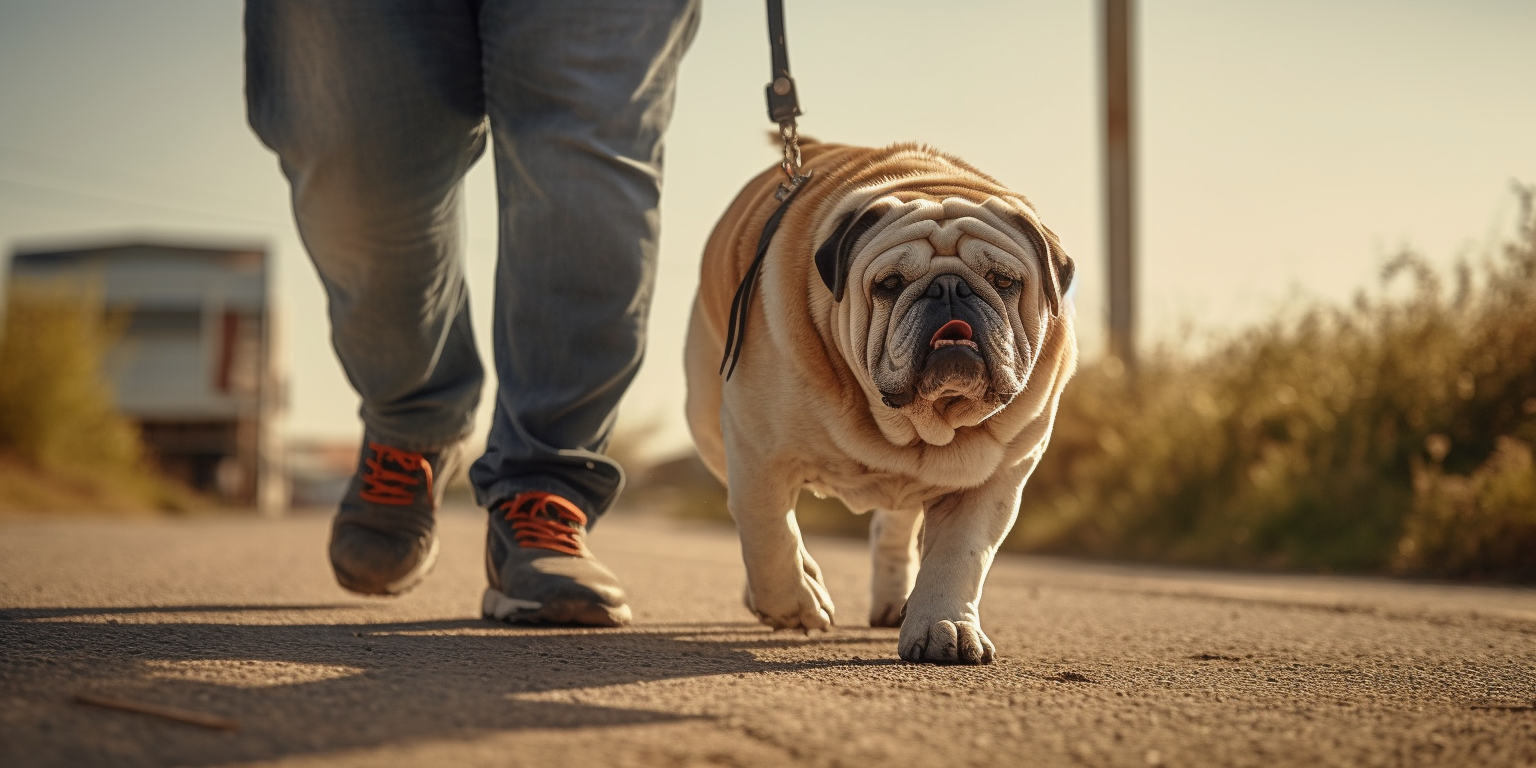
Exercise: Fun Ways to Help Your Dog Stay Active
Keeping your dog active is very important for their health. Here are some fun and easy ways to help your dog get the exercise they need:
- Daily Walks: Taking your dog for walks every day is one of the best ways to keep them active. Try to walk in different places like parks or along different streets so it’s always interesting for them.
- Play Fetch: Dogs love to chase and bring things back. Playing fetch with a ball or a frisbee can give them a great workout and it’s a lot of fun for both of you.
- Agility Training: Set up a mini obstacle course in your backyard or at a park. You can use things like cones, hoops, and tunnels to make a fun course that your dog can run through. This not only exercises their body but also their mind.
- Swimming: If your dog likes water, swimming is a fantastic exercise that is easy on their joints. Some parks have special dog pools, or you might find a safe, clean pond or lake where they can swim.
- Doggy Playdates: Arrange playdates with other dogs. Playing with friends can be a great way for your dog to run around and have fun. Just make sure all the dogs get along well together.
These activities will help your dog stay fit and healthy. Plus, they’re a great way for you to spend some fun time with your furry friend. Remember, active dogs are happy dogs, so try to keep your dog moving every day!
Conclusion
Keeping your dog healthy and at the right weight is very important. By following simple steps like checking their weight, feeding them the right amount and type of food, and making sure they get plenty of exercise, you can help your dog live a long and happy life. Always feel your dog’s ribs to see if they are too skinny or too chubby, and adjust their food and exercise based on what you find. Remember to make their exercise fun by trying different activities like walks, fetch, or swimming. If you ever have questions about your dog’s health or weight, your vet is there to help you. By taking good care of your dog, you’ll enjoy lots of fun times together and help them stay healthy and happy!

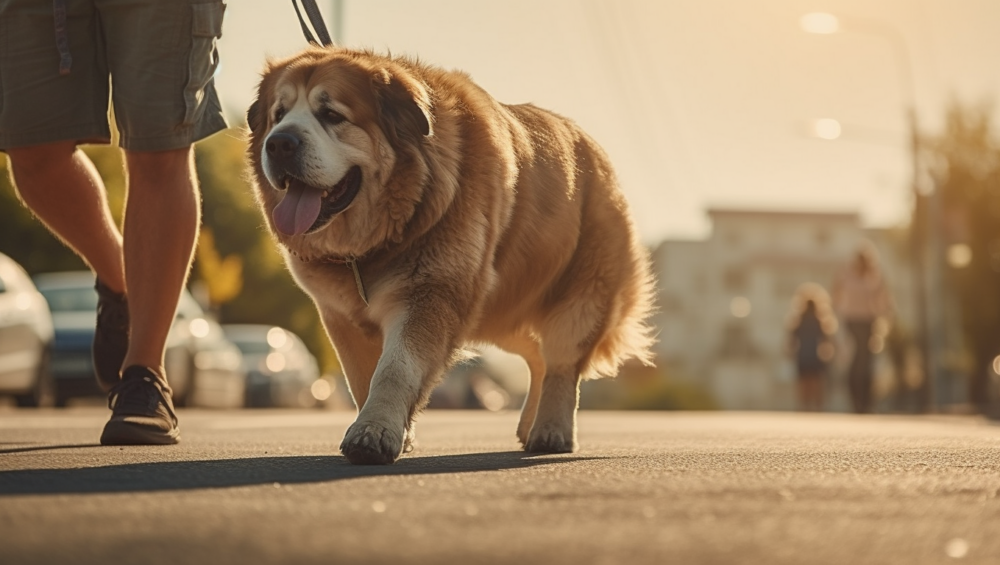



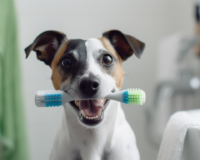
6 Comments
Thanks for the great info! How often should I weigh my dog to keep track of their health?
You’re welcome! It’s good to weigh your dog once a month. This regular check helps you notice any significant changes in their weight that might need attention.
My dog seems hungry all the time since I reduced her food for weight loss. Any tips?
Try splitting the food into smaller, more frequent meals, or add low-calorie vegetables like carrots or green beans to bulk up the meals without adding many calories.
Is it okay to give my dog table scraps?
It’s best to avoid table scraps as they can contribute to weight gain and may contain foods that are harmful to dogs.